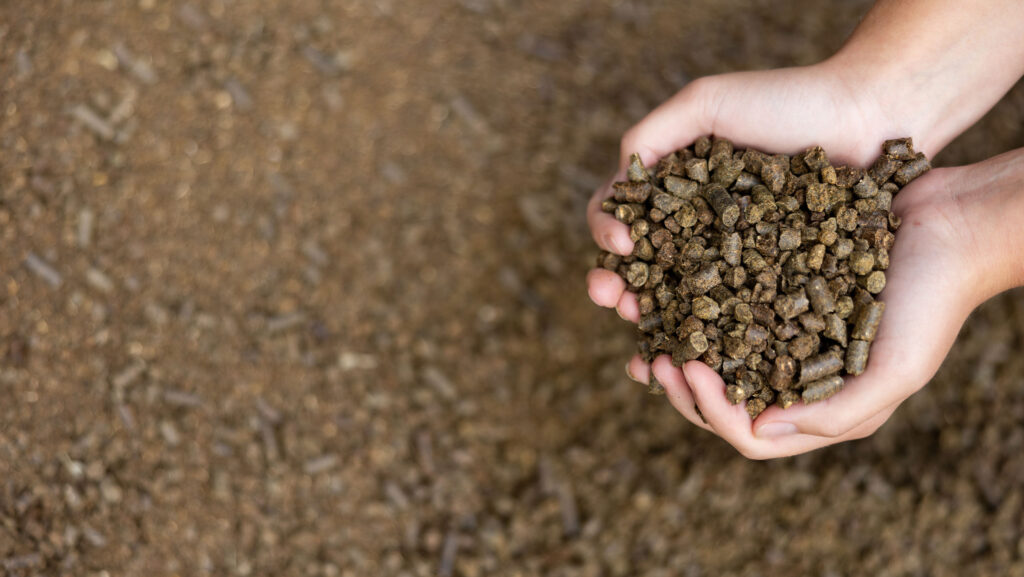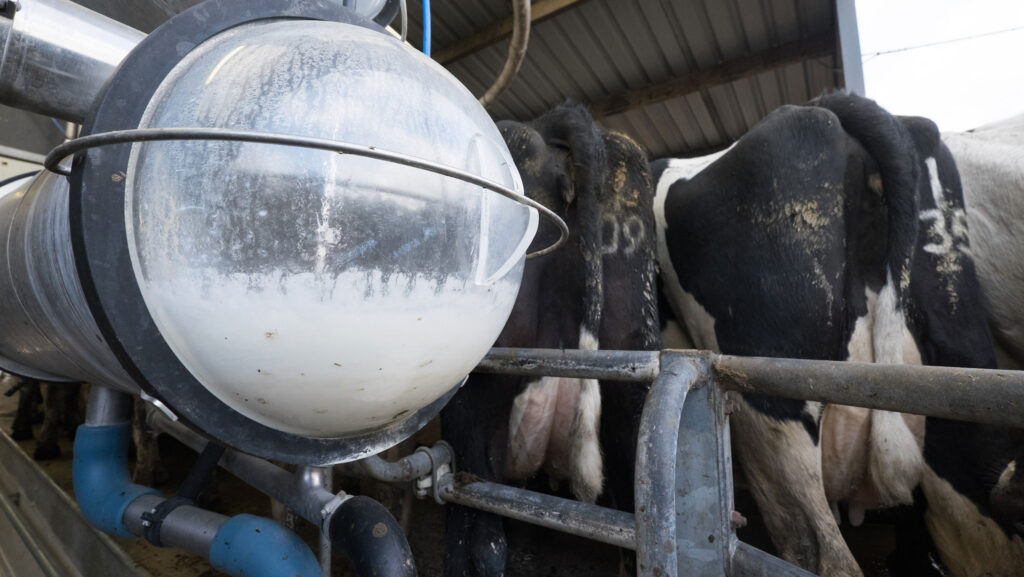Analyse crude protein of bought-in straights, farmers advised
 Rapeseed in cake or meal is a good alternative to soya but analyse deliveries for consistency © Adobe Stock
Rapeseed in cake or meal is a good alternative to soya but analyse deliveries for consistency © Adobe Stock Farmers buying straight protein for cattle rations are advised to get it independently analysed.
For about £25 a test, it will confirm actual crude protein content (CP) delivered on farm, says consultant Luppo Diepenbroek of Straight Line Nutrition.
He points out this is more cost-effective than waiting until cows fail to milk, or beef cattle do not grow.
With a growing trend among milk buyers to want herds to replace soya in dairy cow diets, rapeseed meal as an alternative protein has gained in popularity to become a major source, says Luppo.
It is a good-quality replacement, generally a UK-grown crop, and with comparable performance to soya, he adds.
However, he has seen a difference of 8-10% in crude protein levels between on-farm deliveries.
“Some farmers are ringing round and buying on price to see if they can get it cheaper. But if it is lower in protein than stated, it will be costing their business,” he explains.
Standard book values place rapeseed at 35% CP, so an 8% difference is “quite a large drop”, he says.
Luppo has seen protein in rapeseed samples range from 26% to 35%.
With protein worth around £4 to £5 for each percentage point, this can make a difference of £32 to £45/t in feed value.

Don’t wait for milk yields to drop before analysing ration protein levels © Tim Scrivener
“With most farmers taking deliveries costing £3,000 to £10,000 per month, would it not be worthwhile testing every load independently to check for consistency? Compound feed manufacturers do this on a daily basis and adjust their rations accordingly to create an end product that is to a standard specification.
“Buying groups also regularly analyse cake, so it highlights to farmers that straights can vary in protein content.”
The impact of lower-than-expected protein levels is that, instead of a herd feeding, for instance, 3kg a cow of a 33% protein, they have to feed 4kg of a 26% protein to meet the cow’s requirements for maintenance plus litres.
“You might see a 1-2 litres a cow a day drop in performance,” he adds.
“Farmers buying straights can have loads analysed to check a one-off batch or track a trend. Don’t wait until the cows aren’t milking so well.”
Similarly, Luppo says any farmers feeding home-grown wheat, barley or beans should also analyse their crops.
“Spring beans have 26% protein and winter beans 23%; the book value for barley is 12.5%, but I have seen some crops at 10%. It doesn’t cost a lot to analyse these days and saves having problems later on.”
